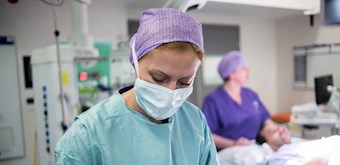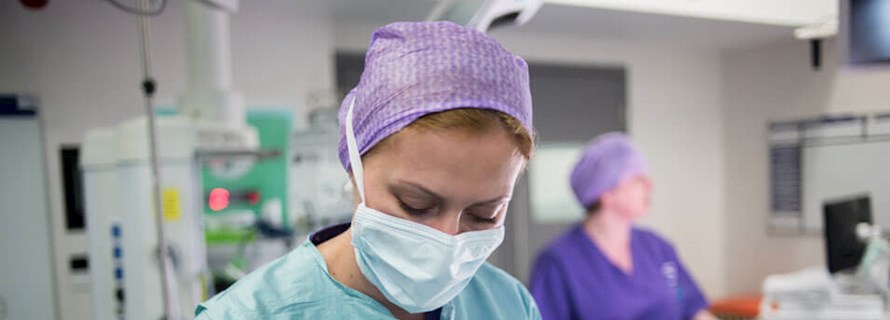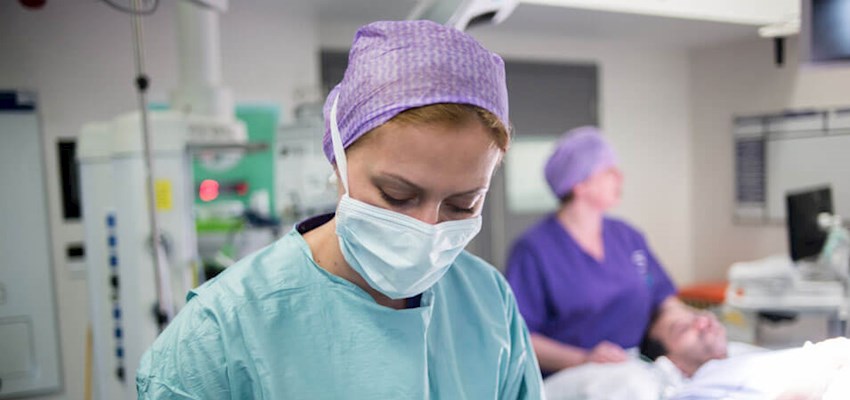Surgery for epilepsy
TEMPORAL LOBECTOMY OR RESECTION
Our leading neurosurgeons carry out surgery to reduce epileptic seizures using advanced techniques
What is a temporal lobectomy?
This is done by removing the section of the temporal lobe called the hippocampus and amygdala where the seizures tend to start. It's an effective surgical procedure if the epileptic seizures are caused by scarring of this part of the temporal lobe, but is usually carried out when medication proves ineffective.
A temporal lobectomy can be carried out on children and adults.
Need to know
-
What happens during surgery? icon plus
The procedure happens under general anaesthetic, which means you'll be asleep.
An incision is made behind the hair line to allow a window to be cut in the skull, giving access to the temporal lobe of the brain. Some of the hair along the line of the incision may be shaved but this depends on the preference of the surgeon.
An EEG monitor may be used to record your brain waves during the procedure and to guide your surgeon to the area where the seizures start. Computer guidance may also be used for this part of the operation. When the surgery is complete, the bone window is replaced and the incision closed.
-
How to prepare icon plus
Before the procedure, you will have been fully assessed by a neurologist, neuroradiologist and your surgeon. There are certain investigations which will almost certainly be performed before any surgery is contemplated:
- A CT or MRI scan. This might display tissue damage in the brain, which could be causing seizures. Detailed MRI scans of the temporal lobe are particularly important.
- An electroencephalogram (EEG) scan. This measures electrical activity produced by the brain. A video EEG may also be used, to display what happens in your brain as a seizure takes place.
- Single-photon emission computerised tomography (SPECT). This displays blood flow in different areas of the brain. Blood flow is usually higher in areas where a seizure takes place.
- Functional MRI. This looks at areas important for speech, language and movement. It can also be useful as an assessment of memory function but sometimes another test (WADA) is used for this.
-
After surgery icon plus
After your temporal lobectomy procedure, you'll be transferred to our recovery ward, where you’ll be looked after by a specialist team. Your neurosurgeon will explain your recovery time to you and when you can expect to get back to your usual routine.
You'll need to take your anti-seizure medication as usual after surgery. When your consultant sees that the surgery has been successful and that your seizures are under control, they may slowly reduce your medication.
Our neurosurgery consultants
We're proud to work with leading neurosurgery consultants specialising in problems and conditions of brain, and whose skills are matched by their integrity and compassion.




Our locations
From complex neurosurgery to diagnostic tests and scans, we provide exceptional neurosurgical care across our network of hospitals, outpatient centres and specialist clinics.
Book an appointment
Our team can help with any enquiries or you can make an appointment with one of our experienced consultants.
Call us today
020 7079 4344